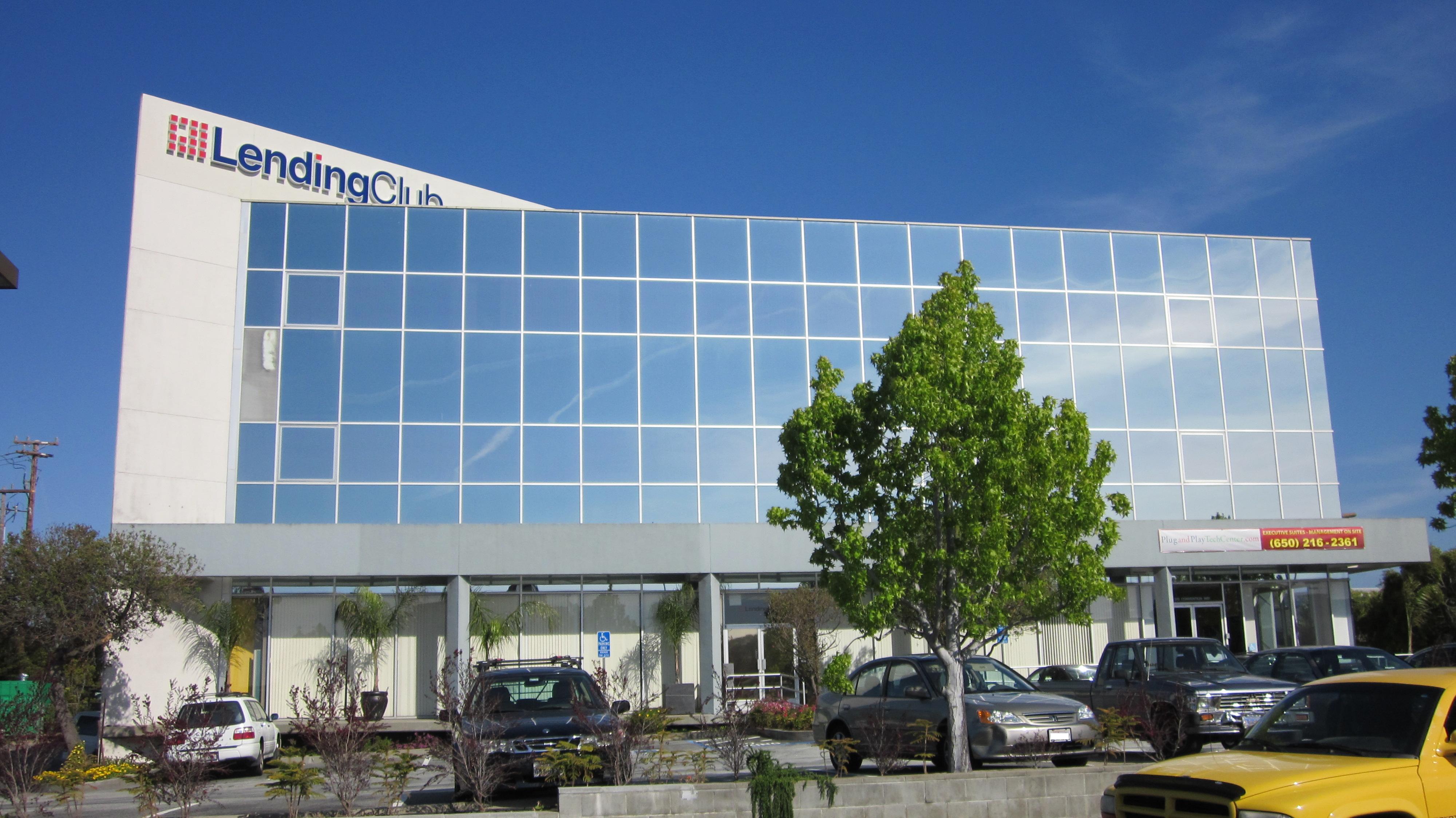In the aftermath of the 2008 financial crisis, peer-to-peer (P2P) lending platforms emerged as the next generation alternative to traditional financing methods involving commercial banks and financial institutions. Online media empowered individuals who were seeking loans or looking to make investments to directly connect with each other via P2P platforms and have greater access to loans that might not be approved by large institutions. The previously niche market of private lending and borrowing increasingly became seen as a solution to the lack of affordable financing as the capital assets of banks were already under enormous stress during the financial crisis. Consequently, with banks losing large amounts of money, they emphasized creditworthiness and regulation in their lending practices which prevented smaller businesses from receiving loans, while returns from savings were at all time lows.
Since then, the P2P lending scene has continued to evolve, experiencing substantial growth rates and receiving more attention from the big banks and financial institutions. The five largest P2P lending companies : Zopa, Prosper, Rate Setter, Lending Club and SoFi have experienced growth rates of over USD $10 billion a year in terms of loan value and large institutional lenders are now amongst the top loan sources. In the case of Prosper and Lending Club, institutional lenders accounted for 80-90% of loans distributed. Estimates by Goldman Sachs note a potential loss of USD $ 11 billion for American banks once the market for P2P lending reaches its full potential. Moreover, the influence of big banks has extended to the upper echelons of the P2P lending with the former Treasury Secretary, Larry Summers, and former executive of Morgan Stanley, John Mack, both serving on the board of Lending Club.
Until recently, marketplace lending platforms have placed focus on unsecured consumer credit like credit card debt and small business loans, but have made strides in engaging the student loan, auto loan and mortgage loan markets. The ease and efficiency with which individuals and small to medium sized businesses are able to have loans approved and acquired, along with cheaper borrowing rates and higher returns for investors, have greatly contributed to the appeal of P2P platforms.
The increased involvement of institutions looking to access portions of the loan market previously out of reach has come to define the ever changing nature of P2P loans. Though regulatory restrictions may vary from platform to platform, some P2P platforms do not have protection funds to cover loan defaults meaning less protection fees for lenders and borrowers, while others do not have a maximum cap on loan amounts. The method of distributing loans may also vary from company to company with some requiring investors to lend to anyone approved for credit, while others allow investors and borrowers to pick and choose their risk level. The variability between companies gives participants the freedom to choose which lending or borrowing practices may best suit their interests.
From a service standpoint, since P2P platforms are not the direct source of loans, there are also no capital requirements required of them or the participating investors in many cases. Without minimum capital reserves to weather rough financial circumstances, this frees up existing capital since there are no minimum holdings required, and allows platforms to offer lower service charges. In terms of approving credit, marketplace lending companies have access to consumer financial history by requesting online banking information and access to credit details from credit bureaus giving them as much information as many banks do when assessing creditworthiness. More tech-based firms have developed proprietary methods of obtaining analytics on client creditworthiness by measuring habits and details such as the speed of mouse movements when filling in forms online, thus allowing for quicker responses when assessing credit.
Despite the positive potential for marketplace lending to fulfill liquidity demands, it remains largely untested. Although P2P platforms provide greater financial freedom for the consumer, regulatory bodies are playing catch up, writing the rules as developments in the industry occur as opposed to setting initial boundaries, leaving the potential for a greater degree of risk and default than traditional practices. Not only do regulatory measures regarding P2P firms vary from country to country, but between different states and even companies. Though companies in Britain often have protection funds, many firms elsewhere do not, leaving investors vulnerable to losing their entire investments in the case of default.
The lack of protection and accountability along with increased allowances on the amounts that can be loaned and borrowed are a dangerous combination should there be an economic slowdown. In the absence of emergency funds held by P2P firms, there is greater risk of default spreading since consumers in trouble will not have access to new funds to finance old loans. Considering that hedge funds, which are an important source of loan funds, are flighty in nature, should economic turmoil cause hedge funds to relocate their capital, other investors are also likely to pull their money out . Should this happen, a situation similar to a bank run might occur and cause a collapse of the lending framework. There is also lack of responsibility required by P2P firms and in terms of informing investors of the potential risk their investments entail which could ultimately lead to reckless behaviour.
Participants of marketplace lending are treading in uncharted waters with the potential for greater reward via increased economic efficiency by allocating capital funds to where they are needed in the economy, but also for greater risk of reckless investments spreading to other parts of the economy. As with any new development, industry practices are likely to improve with the harmonization of regulations for P2P companies across the board, but until that point, consumers should tread at their own risk.




